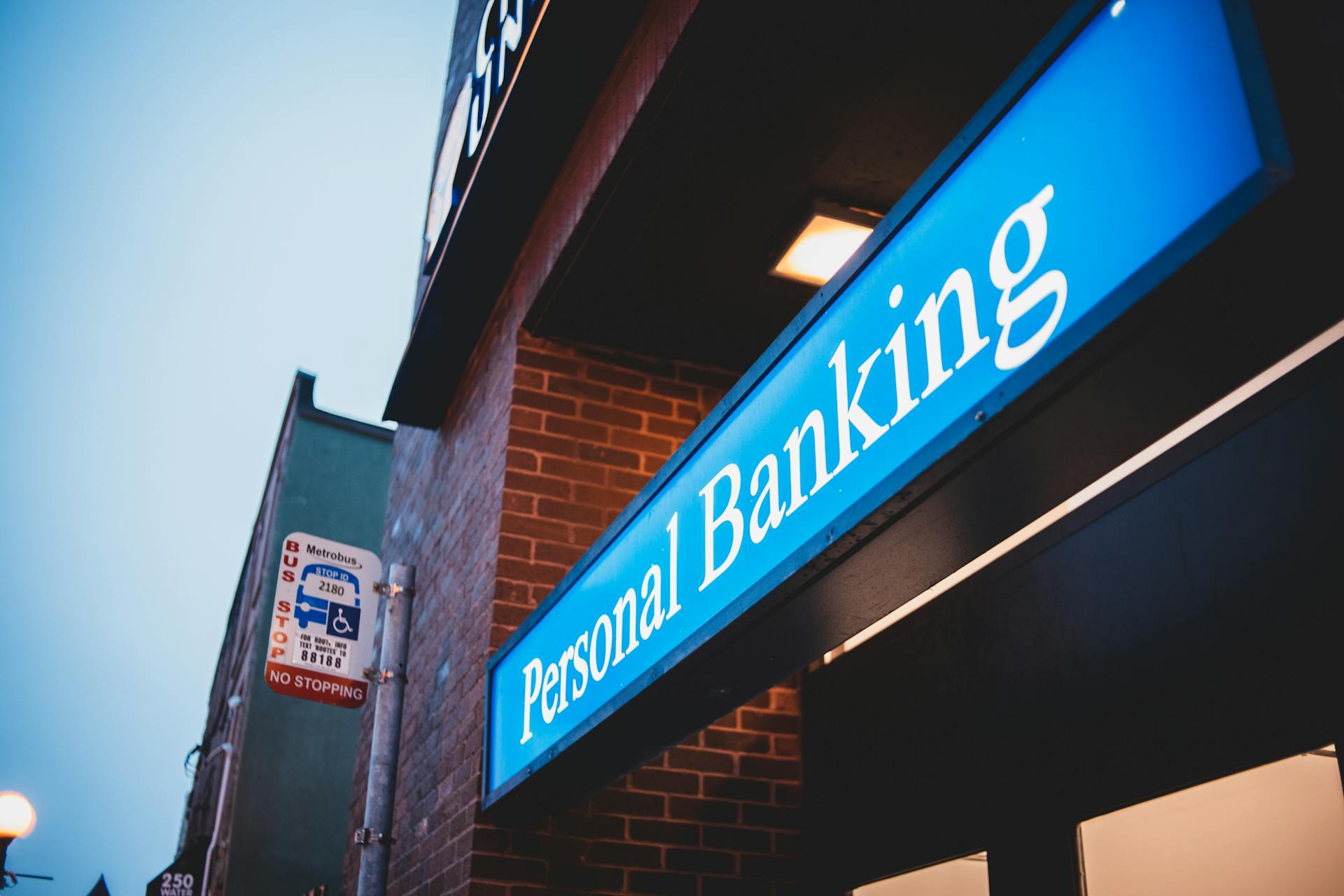
Setting up a standing order is a straightforward process that can be completed online or through your bank's mobile app. You'll need to log in to your online banking account or open the app and navigate to the relevant section.
To create a standing order, you'll need to provide the recipient's account details, including their sort code and account number, as well as the amount you want to pay and the frequency of payments. This information will be used to set up the automatic payment.
You can set a standing order to be paid on a specific date or on a recurring basis, such as monthly or annually. Some banks may also offer additional options, such as paying on the same day each month.
What Is Standing Order?
A standing order is a simple way to make automatic payments from your bank account. You instruct your bank to pay a fixed amount at pre-decided regular intervals.

You control the payouts by deciding the amount to be paid and the frequency of payments. This means you can set it up to pay bills, rent, subscription fees, and more.
Standing orders are usually used to send money to individuals, organizations, or other bank accounts. You can use them to pay companies or organizations on your behalf.
You can set up a standing order to pay a fixed amount every month, week, or year. For example, you can ask your bank to pay a certain amount of money to a specific account on a particular date.
A standing order can be useful for paying regular bills, splitting household expenses, or moving cash to another account. You can even set an end date or limit the number of payments.
Worth a look: Ubs Earnings Date
Benefits and Drawbacks
Standing orders are a convenient way to make recurring payments, but like any system, they have their pros and cons.
One of the significant advantages of standing orders is that they can be set up to automatically pay bills and other regular expenses, freeing up your time and reducing the risk of late fees.

To set up a standing order, you don't need to remember future payments, as long as you ensure your account has adequate funds to cover the payments.
Standing orders are also one of the easiest and cheapest ways to implement an automatic payment system.
However, if a standing order isn't set up in time, you can miss the payment date and incur late fees.
On the other hand, you retain control over the standing order, and nobody else can change the amount or the payment dates.
Here are some key benefits and drawbacks of standing orders to consider:
Setting Up and Cancelling
Setting up a standing order is a relatively straightforward process that can be done through various channels. You can set it up through your bank's branch, by calling their customer service, or by logging in to your online banking.
To set up a standing order, you'll need to complete a request form that includes details of the recipient, the amount to be paid, and the payment dates. This form can usually be found at your bank's branch or online through their website.
Recommended read: List of Banks That Have Merged to Form the State Bank of India

You'll need to provide the following details to set up a standing order: the name of the person or business you're sending money to, their sort code and account number, a payment reference, the fixed amount you wish to pay, and the payment date and frequency.
Some banks also offer the option to set up a standing order through their mobile app. For example, NatWest customers can set up a standing order through their app by tapping on 'Payments', then 'Regular payments', and finally 'Create standing order'.
To cancel a standing order, you can either do it through the NatWest app or online banking. To cancel through the app, go to the home screen, tap 'Payments', then 'Regular payments', and finally select the standing order you'd like to stop. To cancel through online banking, log in, click 'Payments and transfers', then 'Manage standing orders', and choose the relevant standing order to cancel.
It's worth noting that once a standing order has left an account, it can't be recalled. So, make sure you're happy with the details before confirming the payment.
Here's a quick summary of the steps to set up a standing order:
- Find the bank's standing order form (hard copy or online)
- Complete the form with recipient details, amount, and payment dates
- Submit the form and wait for the bank to process it
- Verify the standing order details before confirming the payment
NatWest Specific Information

To set up a standing order with NatWest, you can use their online service or mobile banking app. You'll need to log in, click on 'Payments and transfers', and then select 'Standing orders' > 'Create a new standing order'.
To create a new standing order, you'll need the name and account details of the person or business, the length of the standing order, and a payment reference. You'll also need to confirm your account and the payment amount, as well as the payment date and frequency.
Here are the details you'll need to set up a standing order:
- Name and account details of the person or business
- Length of the standing order
- Payment reference
- Payment amount
- Payment date and frequency
If you need to cancel a standing order, you can do so through the NatWest app or online banking. You can also contact NatWest's front-line telephony teams for assistance if it's within the 48 working hour window.
Cancelling a NatWest
You can cancel a standing order with NatWest through their online banking or mobile app.
To cancel a standing order via the NatWest app, go to the home screen and tap 'Payments', then tap on 'Regular payments' > 'Standing orders', select the standing order you'd like to stop, and tap on 'Cancel standing order'.
You can also cancel a standing order online by logging in to NatWest Online Banking, clicking 'Payments and transfers', and then clicking 'Manage standing orders' under the 'Standing orders' section. Choose the relevant standing order from the list and click 'Cancel standing order' > 'Confirm'.
If you need to cancel a standing order and it's within the 48 working hour window, NatWest's front line telephony teams may be able to assist in the cancellation of the standing order.
Once a standing order has left an account, it can't be recalled.
Related reading: How to Tap Your Card to Pay
NatWest Online Banking
You can use NatWest Online Banking to set up a standing order. It's a straightforward process that saves time.
To start, log in to your account and click on 'Payments and transfers'. This will take you to a page where you can manage your payments.
From there, click on 'Standing orders' and then 'Create a new standing order'. You'll need to enter the recipient's name and account details, as well as the amount and frequency of payments.
You can choose to pay a person, business, or your own account, and confirm the details. You'll also need to add a description and choose the payment reference.
Make sure to check all the details before authorising the standing order through the NatWest app or your card reader.
Here's a quick rundown of the steps:
Frequently Asked Questions
What is the difference between direct orders and standing orders?
A standing order is a customer's instruction to their bank to pay a fixed amount at regular intervals, while a Direct Debit allows the payee to collect money directly from the customer's bank account. The key difference lies in who initiates the payment.
Sources
- https://en.wikipedia.org/wiki/Standing_order_(banking)
- https://www.educba.com/standing-order/
- https://www.natwest.com/current-accounts/bank-account-guides/what-is-a-standing-order.html
- https://squareup.com/gb/en/glossary/standing-order
- https://www.starlingbank.com/resources/banking/what-are-direct-debits-and-standing-orders/
Featured Images: pexels.com


